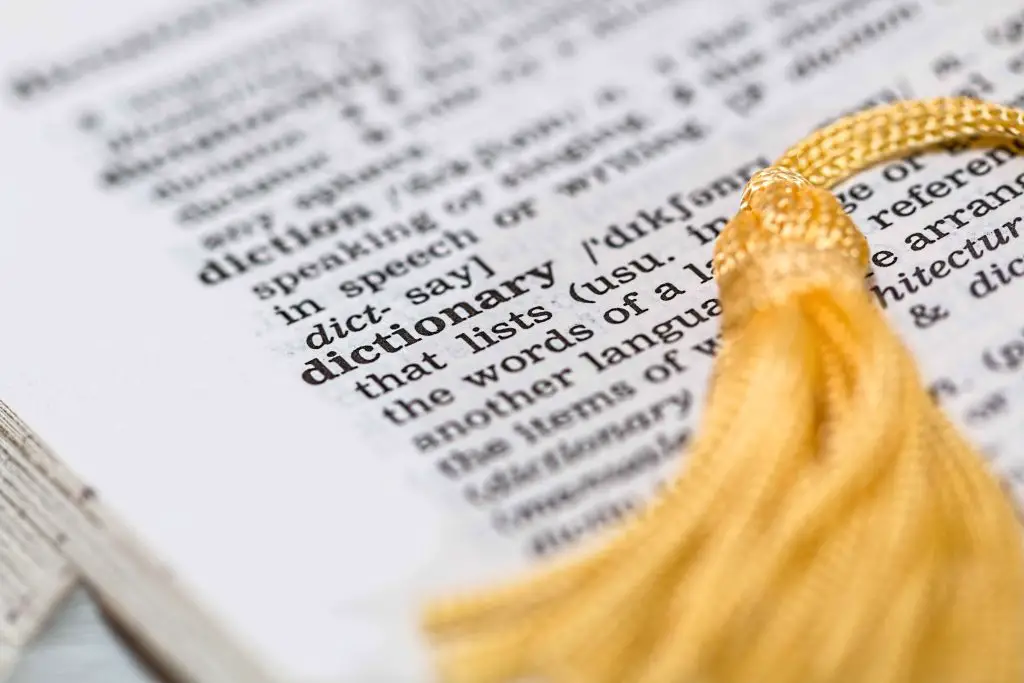Literary terms are terminologies related to literature. There are various literary terms, and we will discuss these literary terms below.
Negative capability
This term was coined by John Keats, an author belonging to the romantic era.
The term negative capability states that an author should deny his abilities of reasoning and scientific evidence temporarily and accept the thing as it is.
John Keats found this quality greatly in Shakespeare.
Hamlet’s Soliloquy, To be or not to be, can be taken as an example of negative capability.
In his soliloquy, he is confused about whether to continue to exist or end his life. There is no logical reasoning, but a state of mental confusion.
Preparedness to reside in the house of unanswered questions is a feature of negative capability.
Suspension of disbelief
Suspension of disbelief was invented by Samuel Taylor Coleridge, and the term states embracing the unreal; in easy words, it is to “suspend your disbelief” or “to start believing the unreal or imaginary ” for the sake of pleasure.
They embrace factors like flying broomsticks, talking portraits, and the Hogwarts School of Witchcrafts, even though such things don’t exist in reality.
Unification of sensibility
The term unification of sensibility was invented by T.S. Eliot. It encompasses the idea of merging thoughts and emotions at the same time in a work of art .
Think of a painting that shows a natural landscape, for example, a peaceful forest.
In this artwork, the writer endeavors to depict the beauty of nature (the emotional or sensory feature) while using harmonious composition (the rational aspect).
This unification of sensibility in art blends the emotional impact of the scene with the author’s technical skill to make an engaging work.
Dissociation of sensibility
Dissociation of sensibility was also presented by T.S. Eliot, which shows the disconnection or separation of thoughts and feelings in a work of art.
For example, Romantic authors were disposed to feelings and emotions whereas neoclassical writers were inclined towards intellect.
More literary terms
Abstract: The abstract is the summary of any writing.
Acrostic: a poem or any composition where the first letter of each line makes a word, name, etc. For example
Daisy
Adorable Jolly
Innocent love
Smiling and twirling
Yellow
Act: Act is a major division of a play.
Allegory: Allegory is a literary term that has two meanings: literal and figurative.
There are many types of allegories, like political allegories, social allegories, religious allegories, etc. For example, Johnathan Swift’s work
A Tale of a Tub
Allusion: Allusion is mentioning some other work, person, or event, or mentioning the earlier part of the current work, for example.
To understand poetry, you don’t need to be Albert Einstein.
Here in this example, Albert Einstein is mentioned to show that poetry is not so difficult, so you don’t need to be as intelligent as Einstein.
Antagonist: The person who is against the protagonist is called an antagonist.
Apostrophe: When a person talks to an object, an absent person, or a dead person, it is called an apostrophe. For example, my dear bowl of soup.
Autobiography: The work of an author written about him by himself.
Ballad: A ballad is a form of narrative poetry in a simple language with supernatural elements in it, like ghosts, etc.

Bildungsroman: Bildungsroman is a type of novel where the development of a character is shown.
Biography: A writing about an author’s life.
Blank verse: Blank verse does not follow rhyme but uses a regular meter.
Ceasura: Ceasura is a break in the middle of a line of poetry.
Catharsis: Catharsis is giving way to strong emotions through art.
Chorus: The chorus was a group of singers in ancient Greek drama who used to talk about drama.
Classical: Classical is a word to denote a work of great importance, and classical also refers to the work of ancient Greeks and Romans.
Colloquialism: Colloquial is a simple language used casually, not formally.
Aporia: Aporia is a stage when a character is unable to decide.
Diction: Diction is the language or choice of words used by an author or speaker to convey any concept, or tell a story, etc.
Dystopia: Dystopia is an imaginary society where everything is bad and negative.
Elegy: Elegy is a poem that mourns the death of someone.
Epigram: The expression of an idea in the form of a poem or phrase, shortly and amusingly.
Epitaph: The writing on a grave’s tomb for the buried person is called an epitaph.
Epithalamion: Epithalamion is a poem written for the bride and bridegroom.
Exemplum: Exemplum is a story that teaches a lesson.
Free verse: There is no rhyme or meter in free verse.
Gothic novel: A gothic novel has supernatural elements and a sense of fear.
Haiku: Haiku is Japanese poetry consisting of three lines.
Hamartia: Hamartia is the tragic flaw of a hero that results in tragedy.
Hellenism: Hellenism is used to define Greek culture, ideas, and patterns of life.
Heroic couplet: two lines of poetry rhyming and written in iambic pentameter.
Hyperbole: to explain someone or an idea exaggeratedly.
Interior monologue: Interior monologue is where the author speaks to himself or herself.
Internal rhyme: the rhyme within a single line of a poem.
Italian sonnet: a poem of 14 lines, also known as a Petrarchan sonnet, having two parts: octave and sestet.
Jargon: Jargon is the language used by a specific group in a specific field.
lyrics poem: A poem, where the poet expresses his personal feelings and emotions.
Limerick: A poem of a single, five lines stanza.